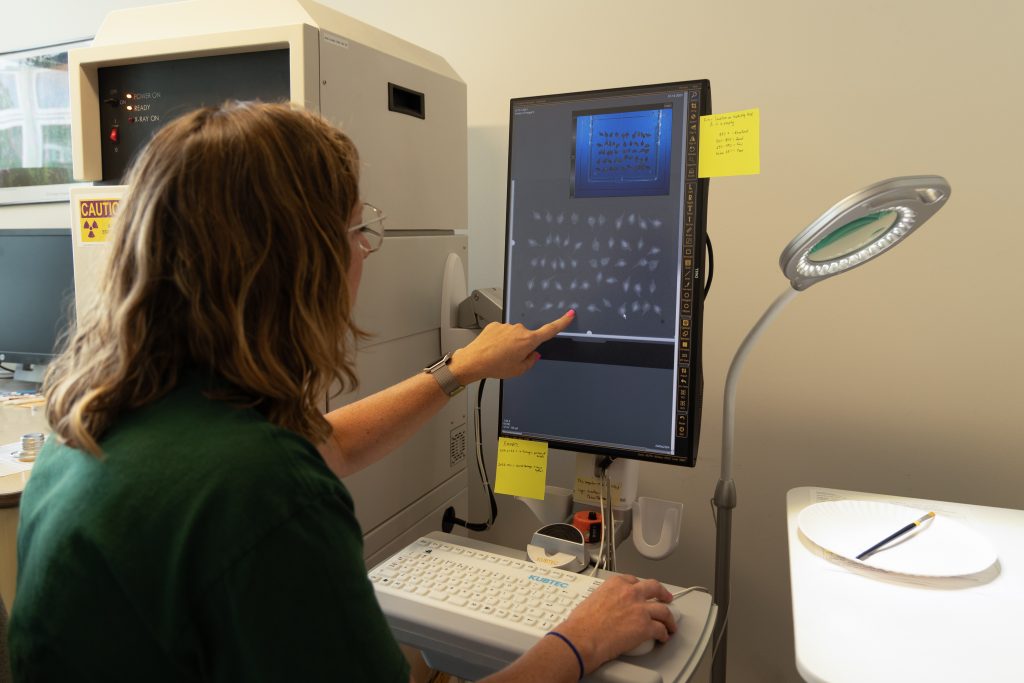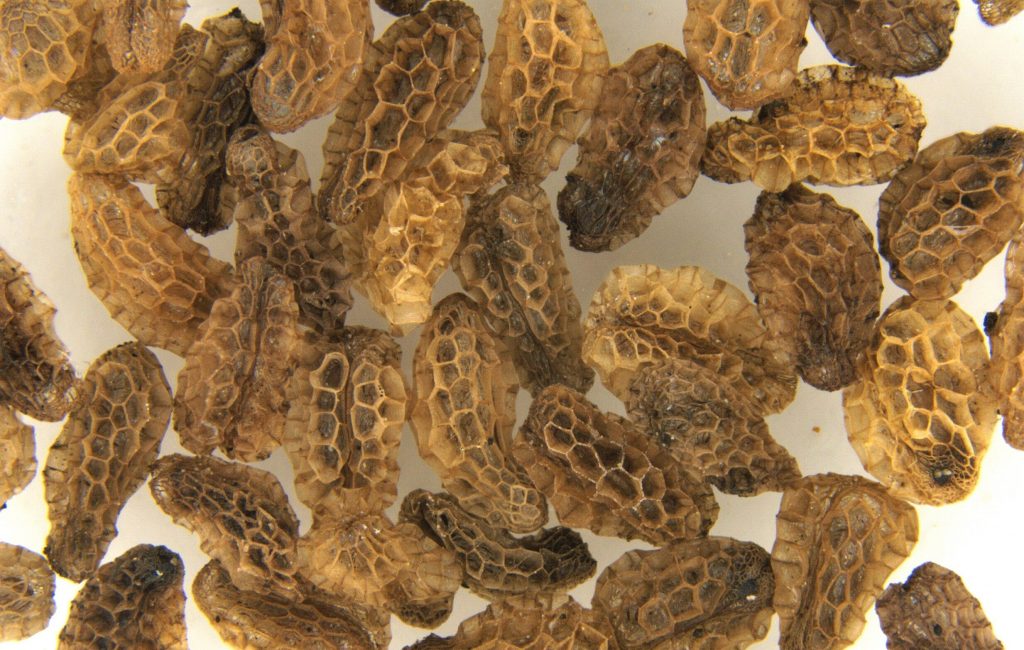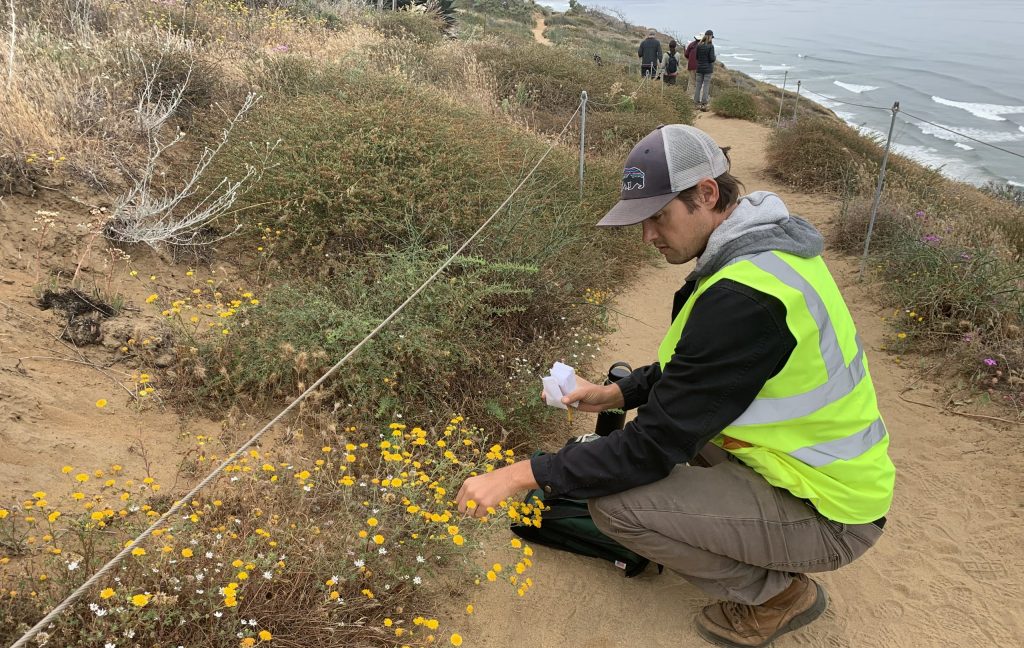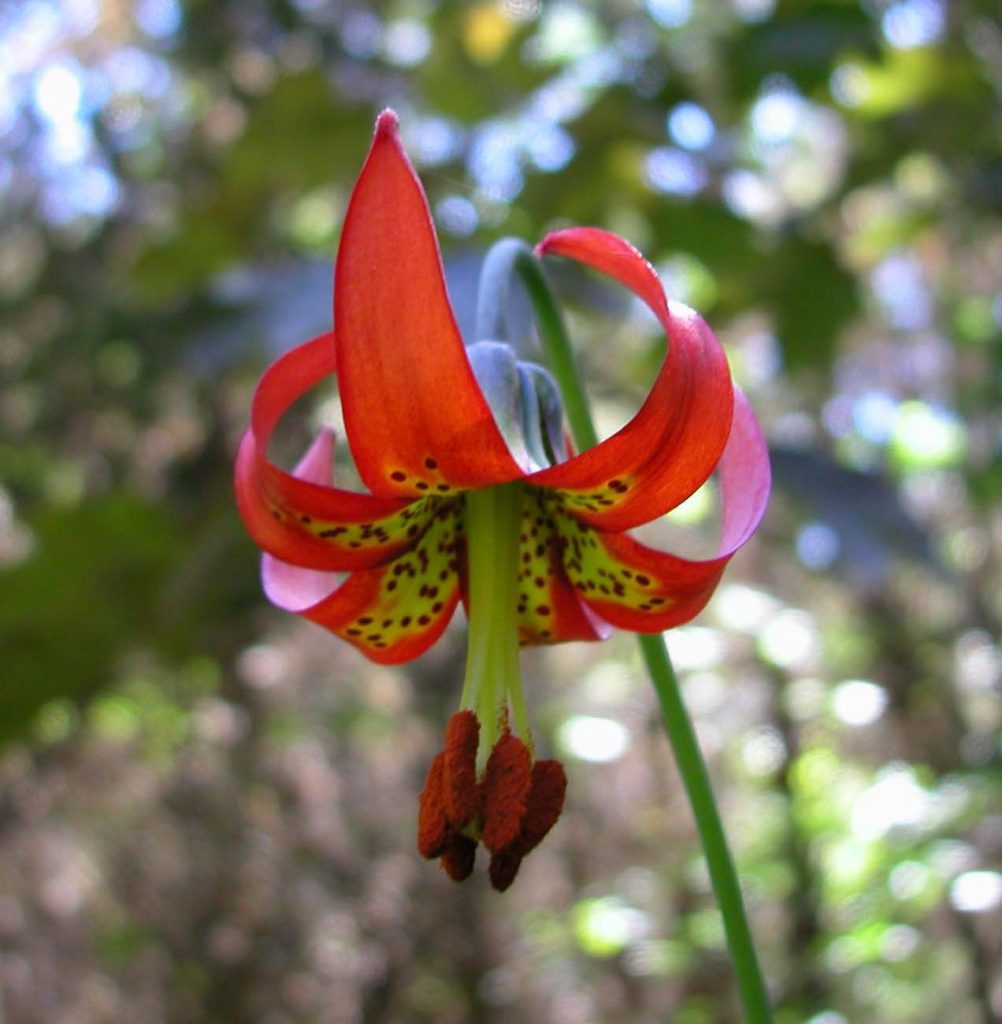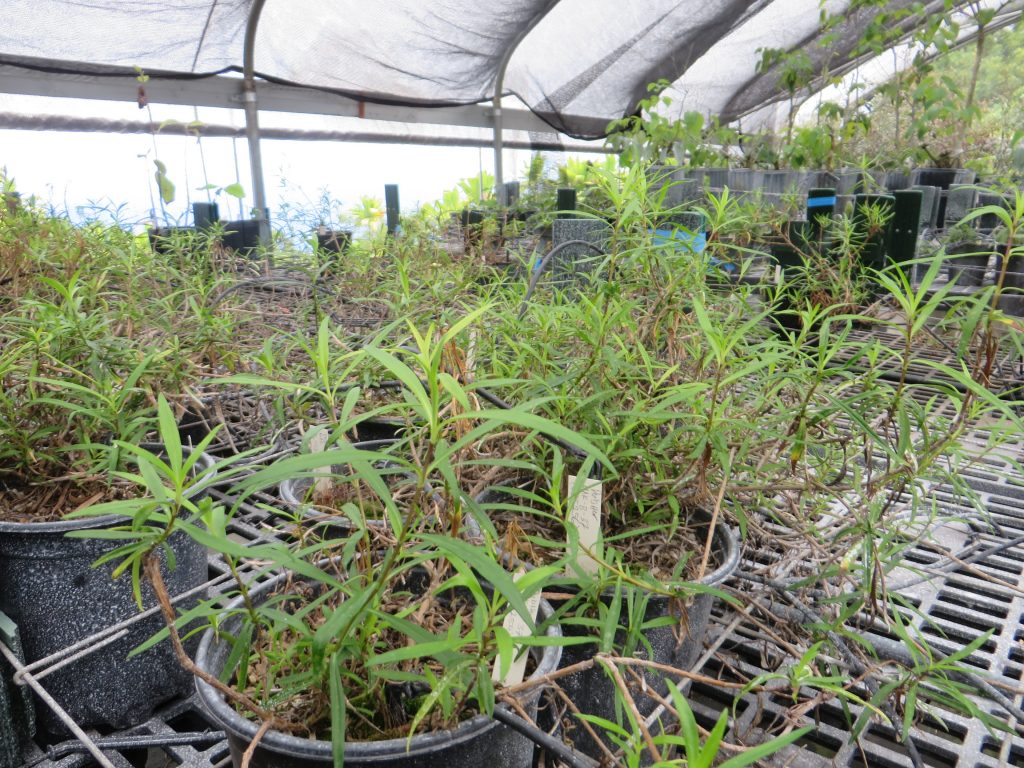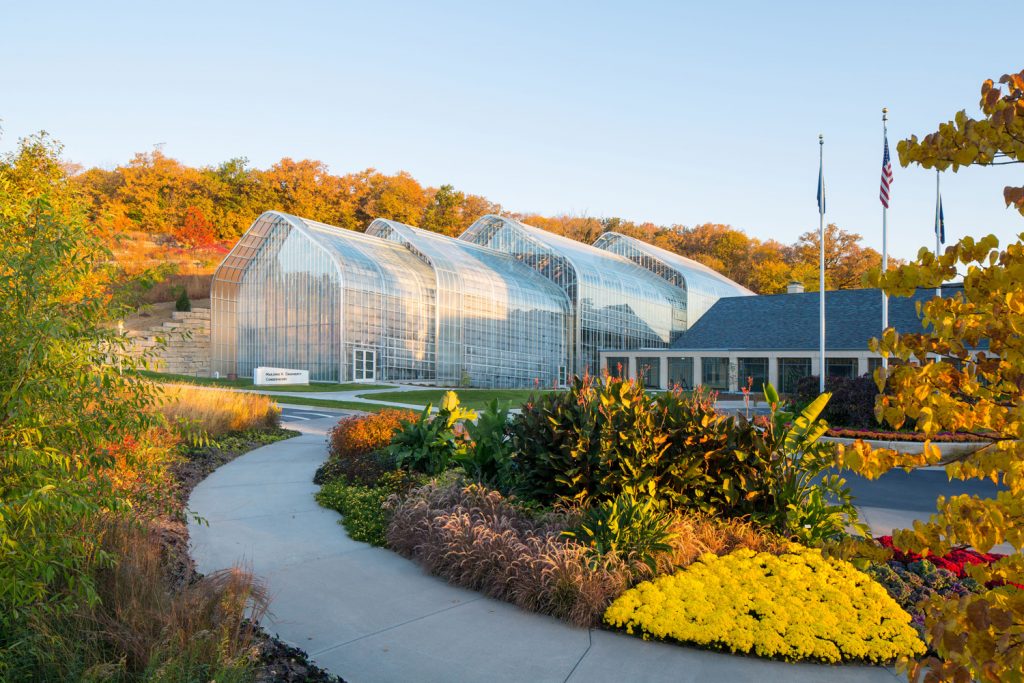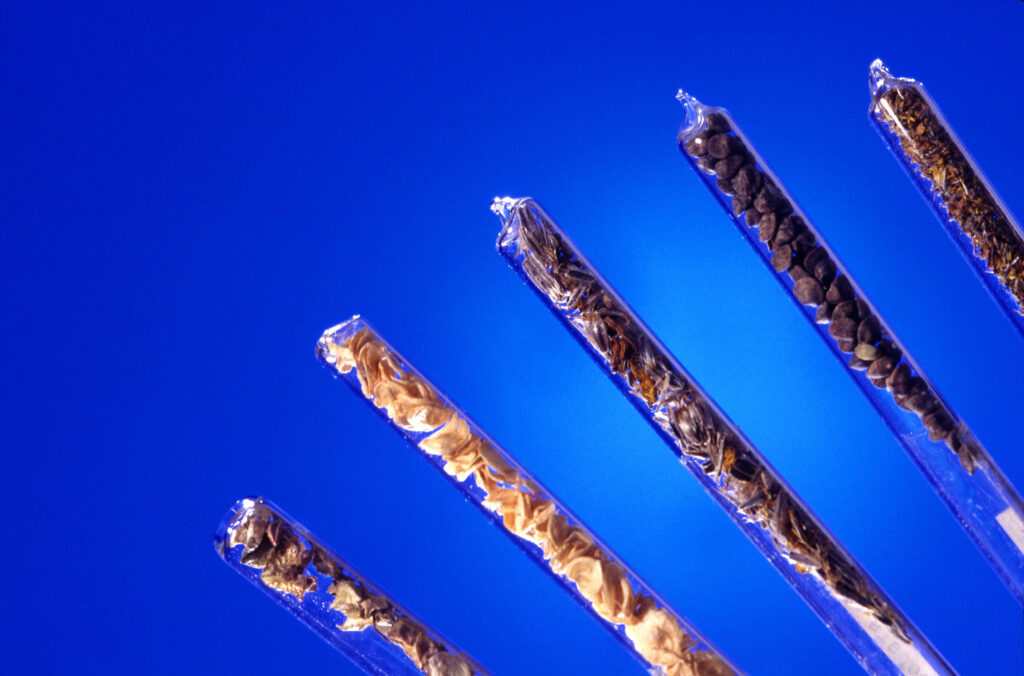
SeppCon 2024: Conservation Collections Development Collaborative Conservation for Florida’s Rare Plant Species: Seedbanking and the Florida Plant Rescue Initiative Tina Stanley* (1), Hanna Rosner-Katz (2) (1) Center for Plant Conservation, (2) Florida Natural Areas Inventory Florida is home to over 200 species of globally rare plants, many of which have never been secured in […]
Read More…
To appreciate the scale of this endeavor, the leaf in this shot is about the size of your thumbnail! Cute as a button, you’ll need a hand lens to appreciate the flower of Lepanthes rupestris. This orchid native to Puerto Rico was recently collected and seed banked at the Atlanta Botanical Garden. […]
Read More…
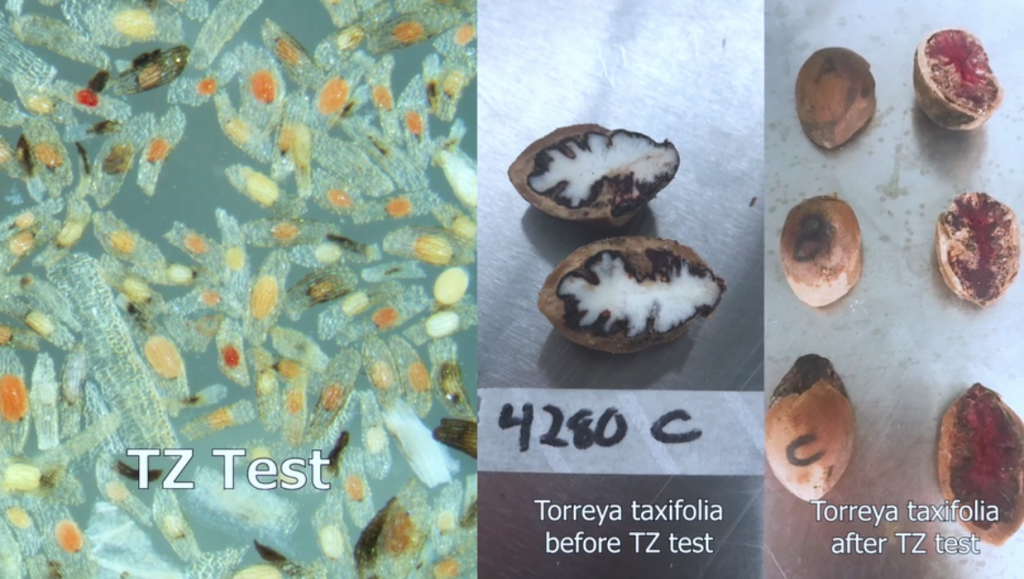
Understanding what percentage of a seed collection is viable is of utmost importance. Generally germination trials will be conducted on seed, however in instances where germination tests are not ideal, other methods might also be used to ascertain viability. Tetrazolium chloride is a chemical that is used to stain seed, allowing the researcher to determine […]
Read More…
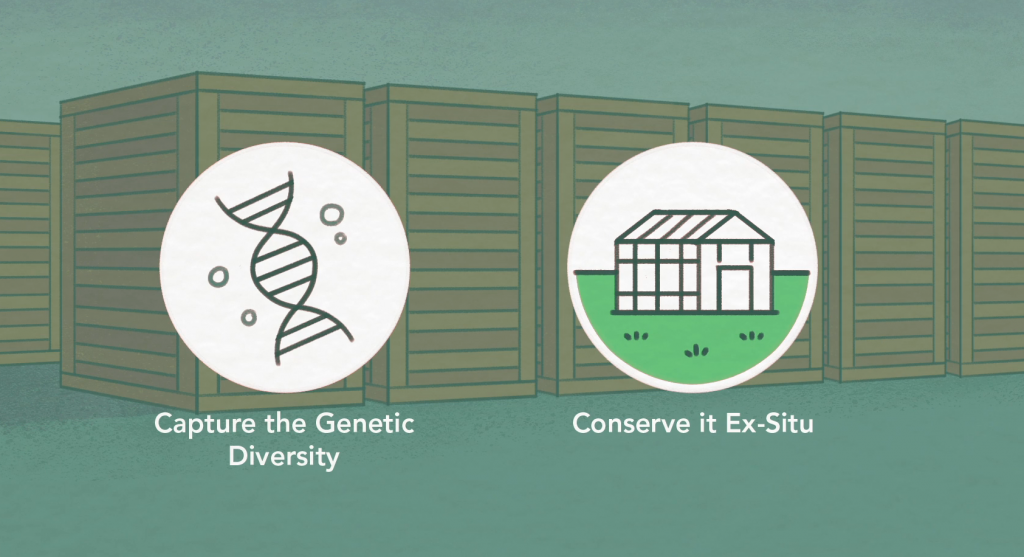
The goal of any conservation seed collection is to capture the genetic diversity represented within the target population and conserve it ex-situ. But it’s not always as simple as it sounds. Every population of every plant species is different. In this video we’ll discuss how we can use a species’ natural history to guide our […]
Read More…

Meg Engelhardt, Missouri Botanical Garden As a founding member of the CPC, the Missouri Botanical Garden (MBG) has been seed banking for decades. The seed bank contains three core collections resulting from MBG’s global field programs in plant conservation, horticulture, and ethnobotany. It currently holds over 2,400 accessions of orthodox seeds representing 1,190 different species, of […]
Read More…
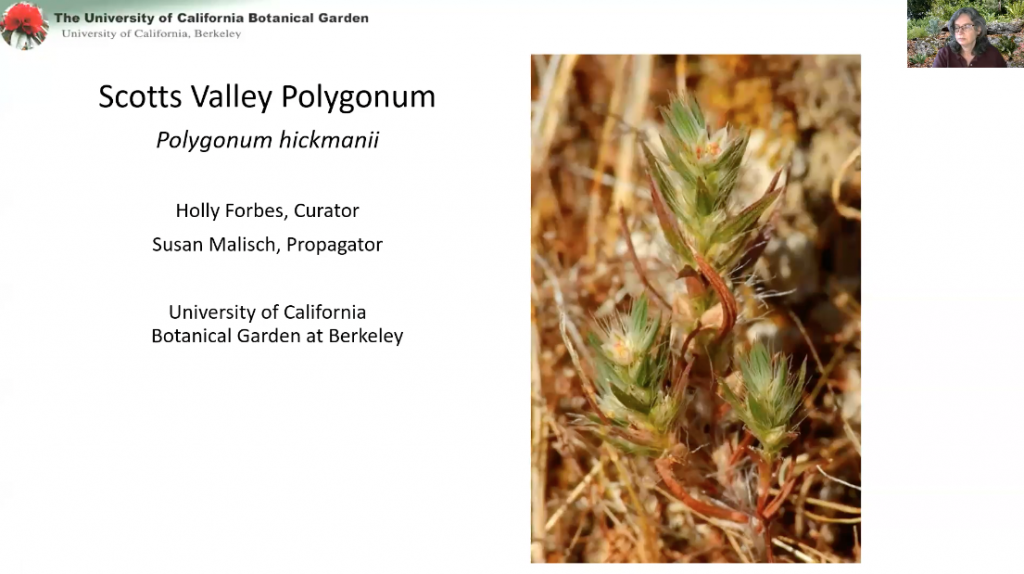
Holly Forbes, University of California Botanical Garden at Berkeley Polygonum hickmanii (Scotts Valley polygonum) is a small annual species in the buckwheat family (Polygonaceae) restricted to a small area of Scotts Valley, Santa Cruz County, California. Populations have historically occurred across three privately owned properties. Population numbers were critically low in 2009 when the 5-Year Review […]
Read More…
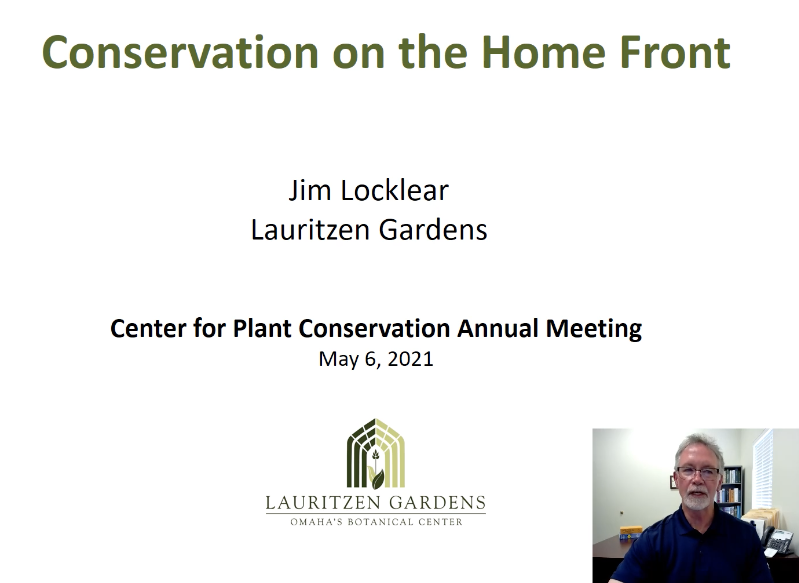
Jim Locklear, Lauritzen Gardens Lauritzen Gardens is dedicated to the conservation of plants and the biological diversity they support. Seed banking projects and rare plant surveys are major elements of our conservation program, but the subjects of this work are mostly obscure species growing in remote settings in faraway places. Having an on-site component to our […]
Read More…
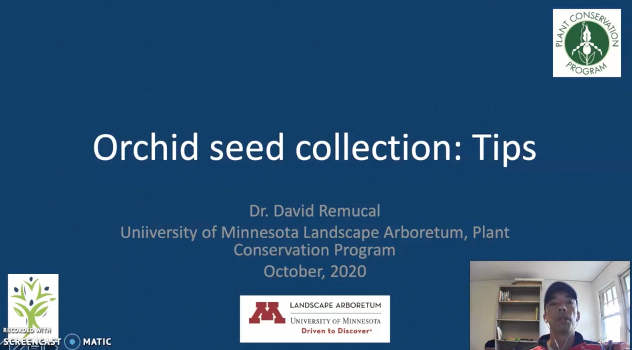
David Remucal, University of Minnesota Landscape Arboretum While many seedbanks avoid working with orchids, more groups are taking them on, or collecting them for groups that are. Collecting rules and protocols are not different for orchids but there are enough complexities in their biology to intimidate collectors new to orchids. Orchid seeds are the smallest in […]
Read More…
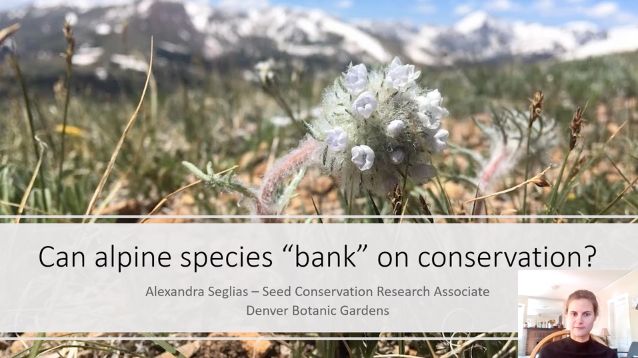
Alex Seglias, Denver Botanic Gardens Plant biodiversity is being lost at an accelerated rate. To conserve native plants, many institutions are turning towards ex situ conservation methods, such as storage in seed banks. However, not all seeds are able to survive in seed bank conditions or they may be short-lived. Alpine species in Italy and Australia […]
Read More…
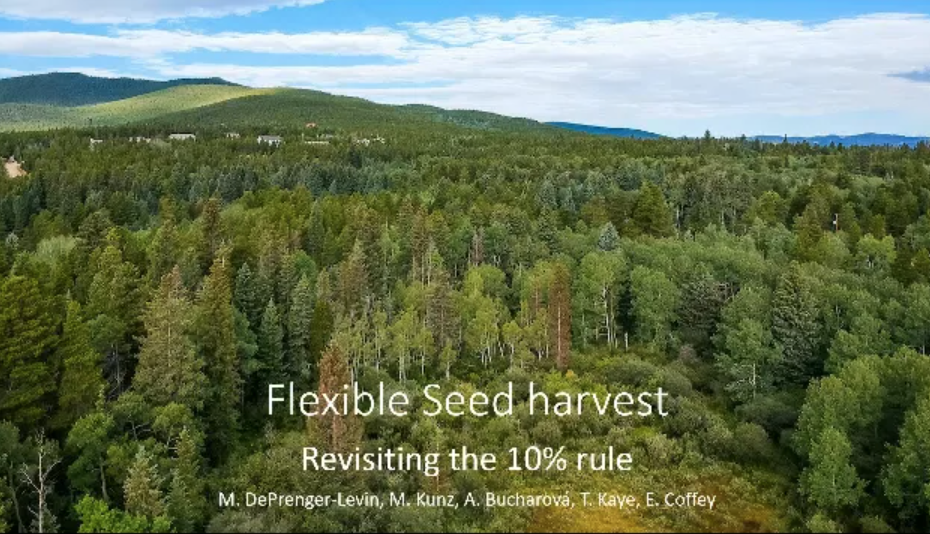
Seed collection is a vital conservation method used to ensure global food security by maintaining a source of genetic diversity in food crops and prevent the loss of biodiversity from natural or anthropogenic events that cause the extirpation of small populations. The Global Strategy for Plant Conservation facilitates global and national level plant conservation strategies […]
Read More…

